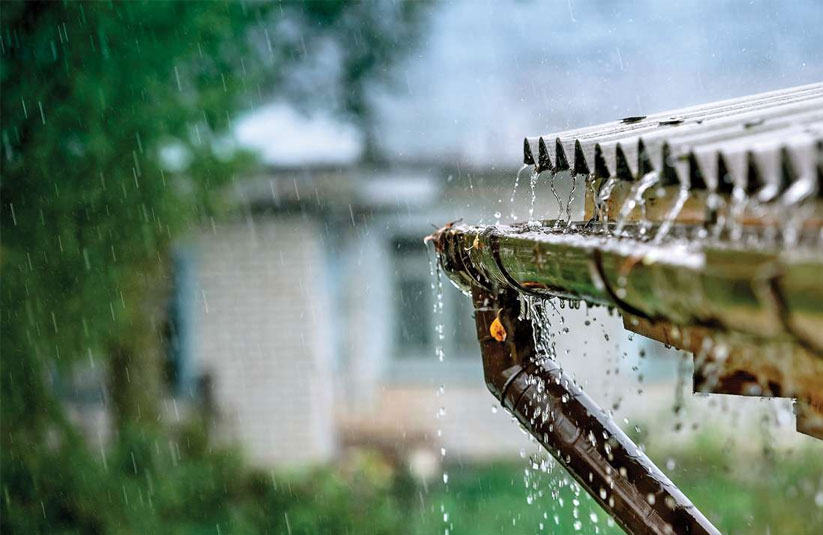A valuable, crucial asset for any farmer is water. Every drop of water should be coveted and fully utilised. The term ‘water harvesting’ generally refers to the collection of rainstorm-generated run-off from a particular area (a catchment) in order to provide water for human, animal, or crop use. There are a variety of reasons why you should consider different alternative ways to save water and acquiring different rainwater harvesting techniques.
Harvested rainwater has many different uses such as:
- Fresh drinking water for both human and animal consumption.
- A water supply for vegetable production systems to improve domestic food security.
- A means of increasing production and reducing potential risk.
- Erosion prevention by reducing the amount of runoff water.
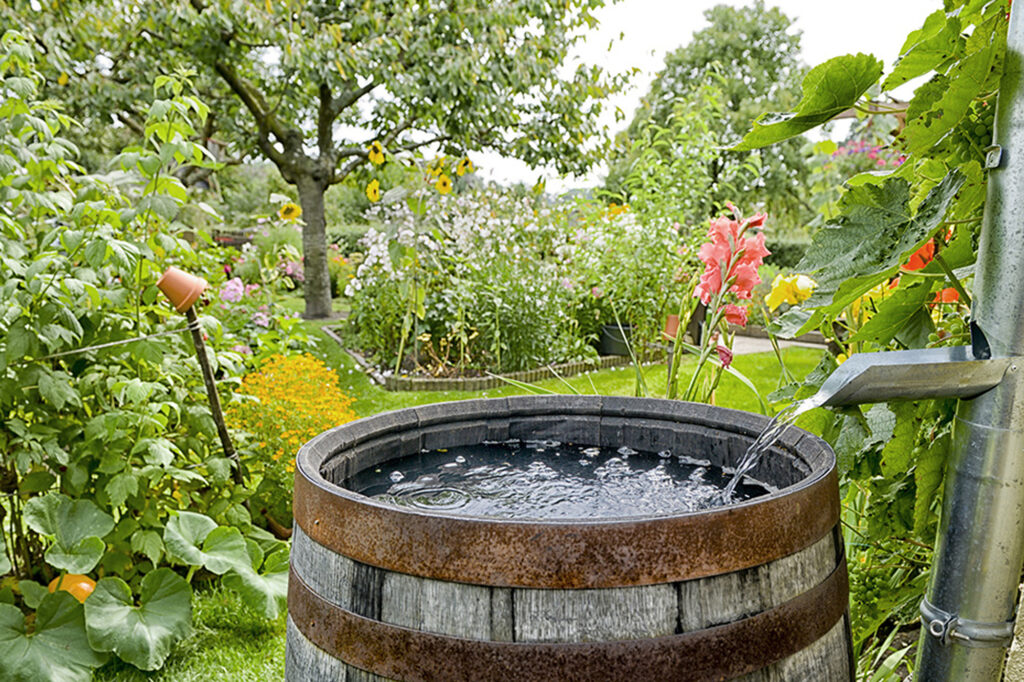
Roof rainwater harvesting technique.
The primary components of rainfall harvesting are a run-off area that allows little or no infiltration, as well as a catchment or collection area where the gathered water can be stored and used later for various purposes. The storage volume must be large enough to allow the water to be used for a reasonable time after it has been stored.
Those who collect water in earth dams must ensure that the volume of water collected is sufficient to last them through the dry season, and those who store water in tanks must have enough water to last them at least two months.
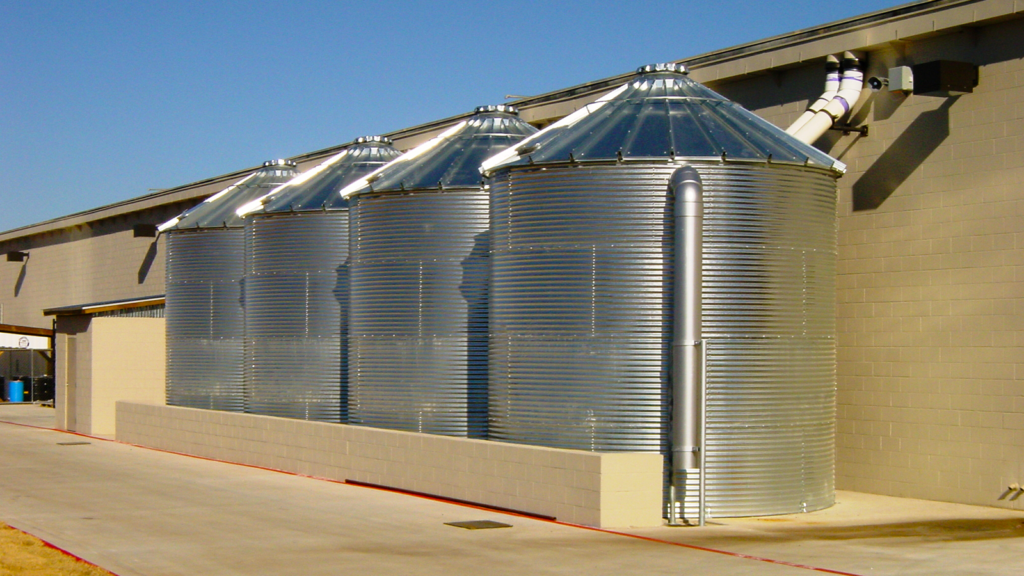
Storage technique for roof water harvesting.
When it comes to rainwater harvesting systems, the following considerations must be kept in mind:
- The distribution of rainfall in areas.
- The quantity of rain that falls in that area.
- The catchment area’s run-off characteristics should be thoroughly examined.
- The ability to store water successfully.
- The evaporation rate of the holding area, preferably low.
The advantages of rainwater harvesting:
- Increased yields when compared to normal rainfall patterns, because of the additional water supply.
- Rainwater is completely free and is therefore a better alternative.
- It is possible to maintain a higher standard of living with rainwater harvesting.
Disadvantages associated with rainwater harvesting include:
- There is a high probability that there will be insufficient rain during critical stages.
- The additional cost of catchment areas and storage containers.
- The travelling cost associated with delivering water where it is needed.
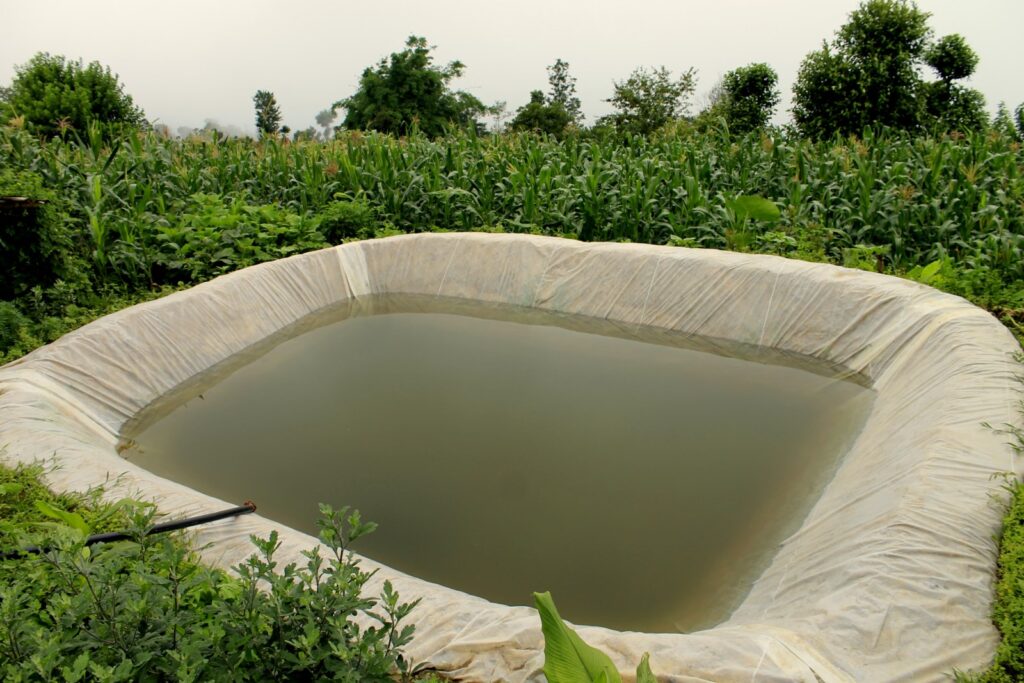
Earth dam reservoir.
Rainwater harvesting can be accomplished in a variety of ways. In this article series, the following methods will be explored in detail:
- Rooftop water harvesting and storage in tanks or reservoirs as two examples of rainwater harvesting.
- Collecting water from prepared ground surfaces or stone slabs and storing it in reservoirs.
- Harvesting water between widely spaced tree rows and storing it in a soil profile where roots are found.
- Capturing and storing rainwater from micro catchment areas, either in reservoirs or in a soil profile where roots can be found.
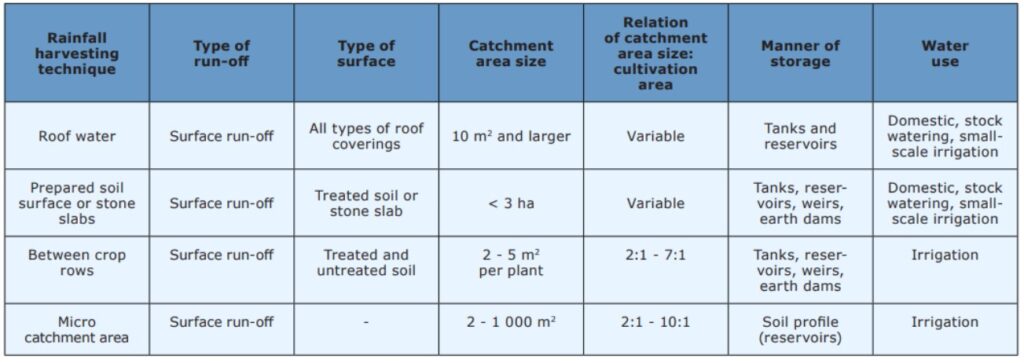
The information provided in this article is credited to the Institute of the Agricultural Research Council (ARC). For more information, visit their website at www.arc.agric.za, contact them on 012-842-4000 or send an e-mail to iae@ing1.agric.za.

